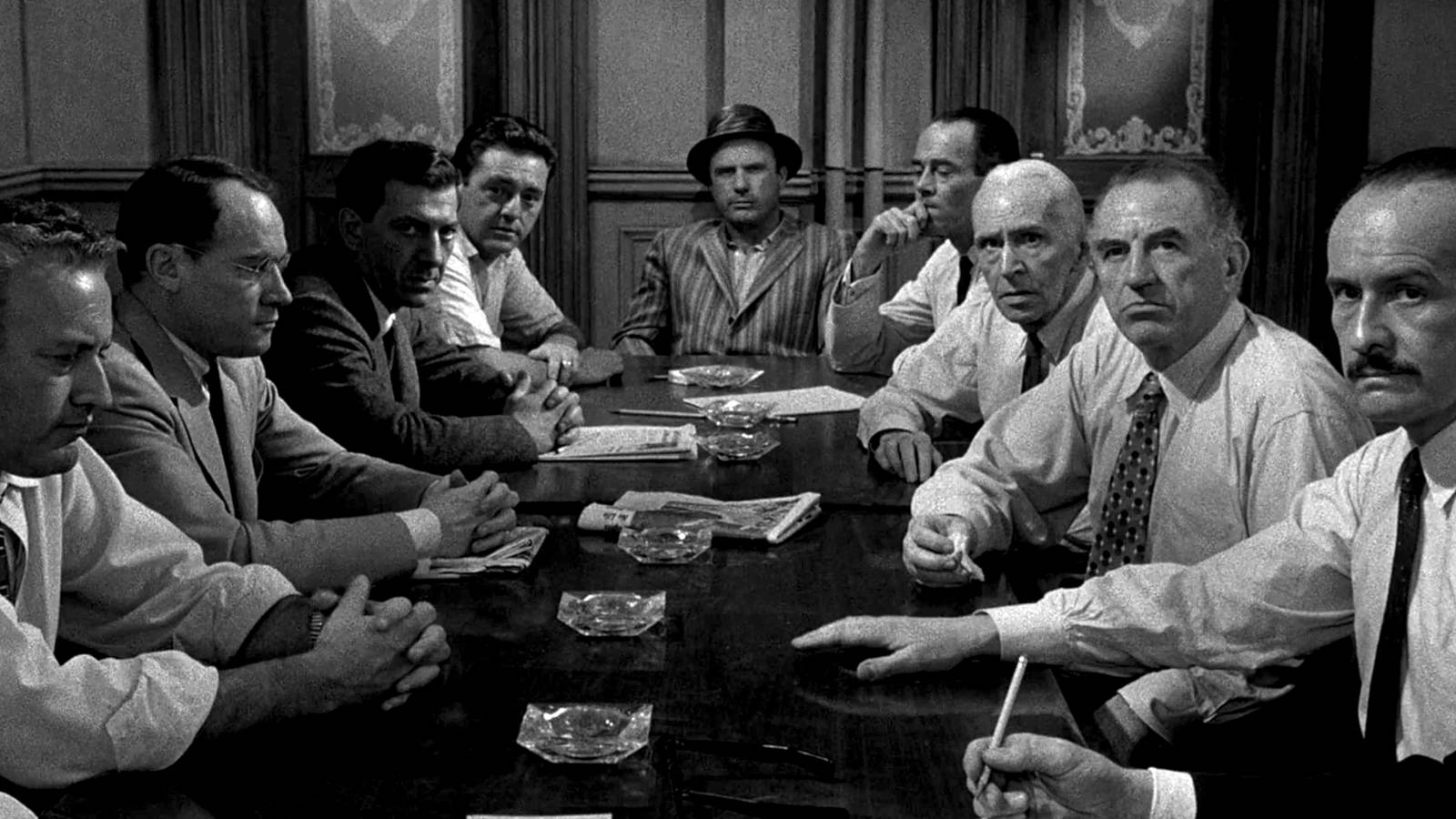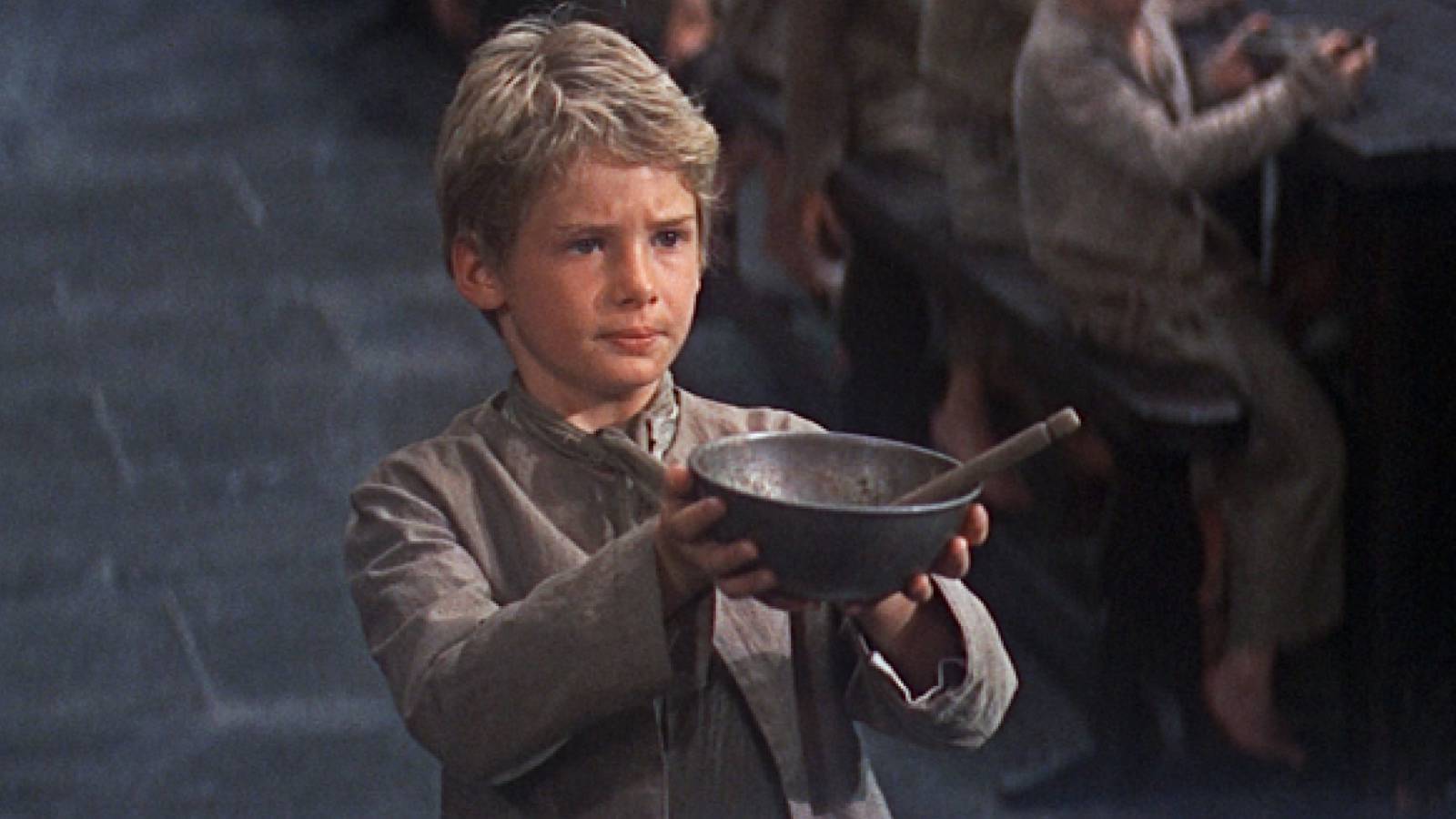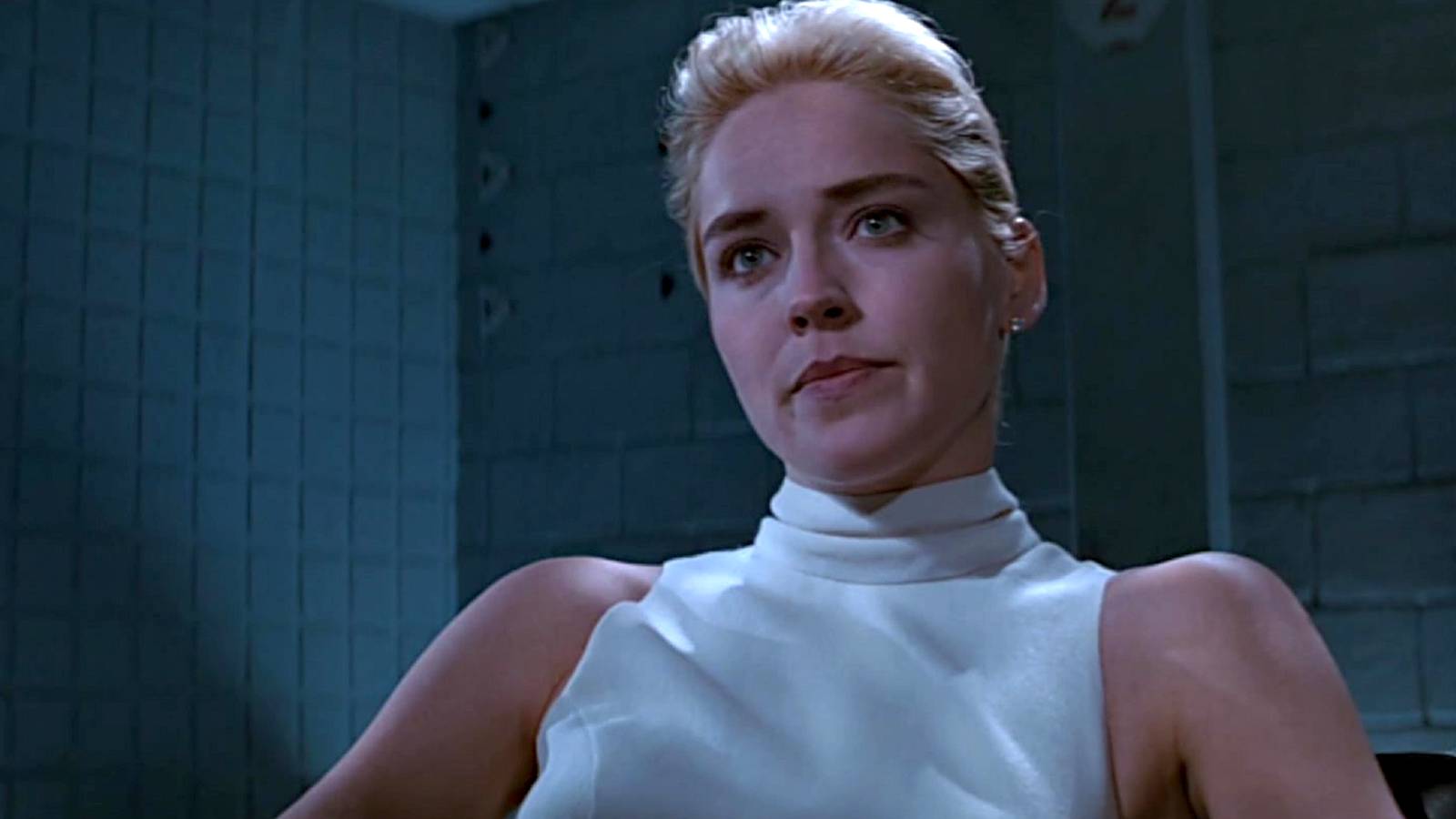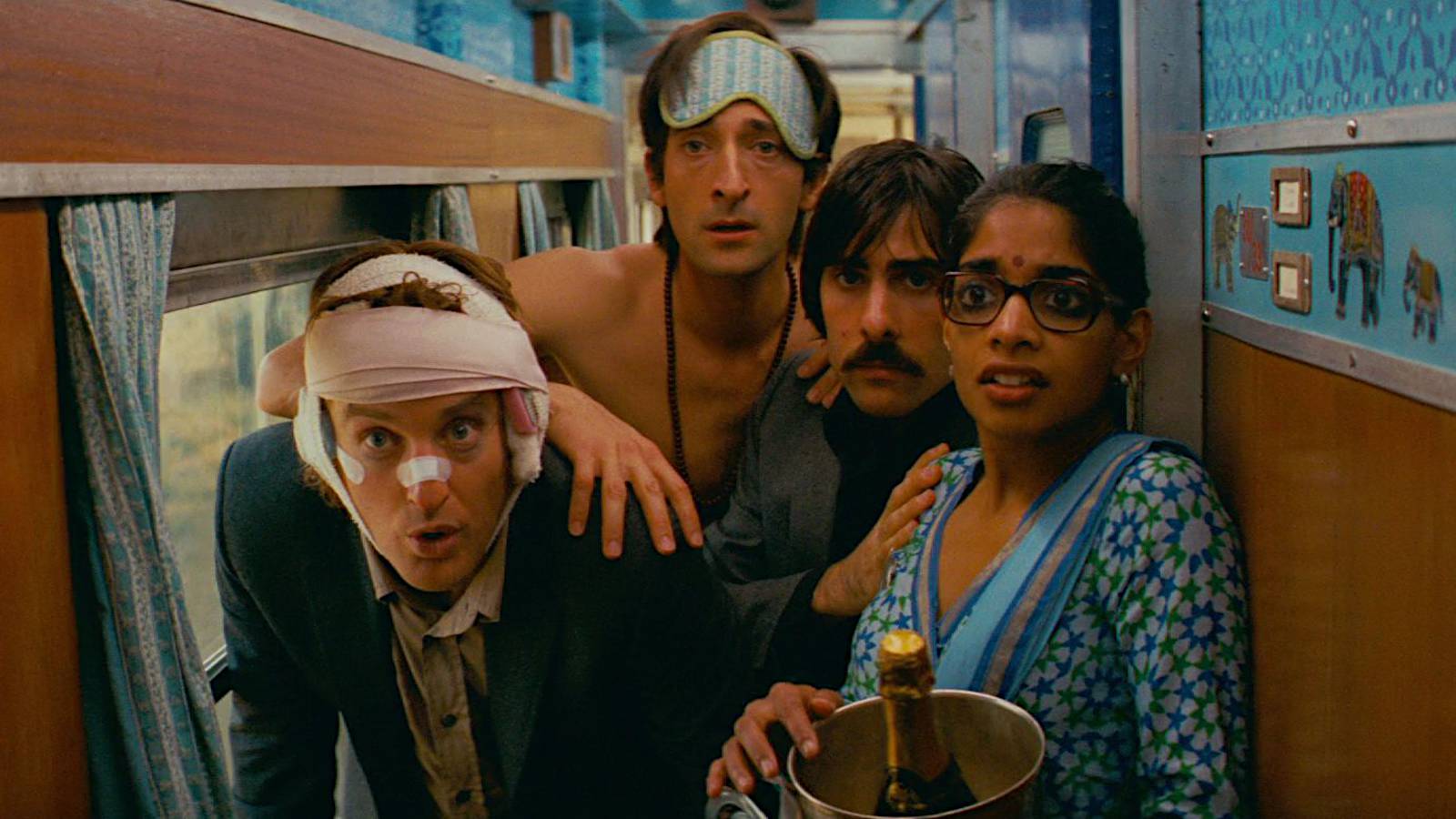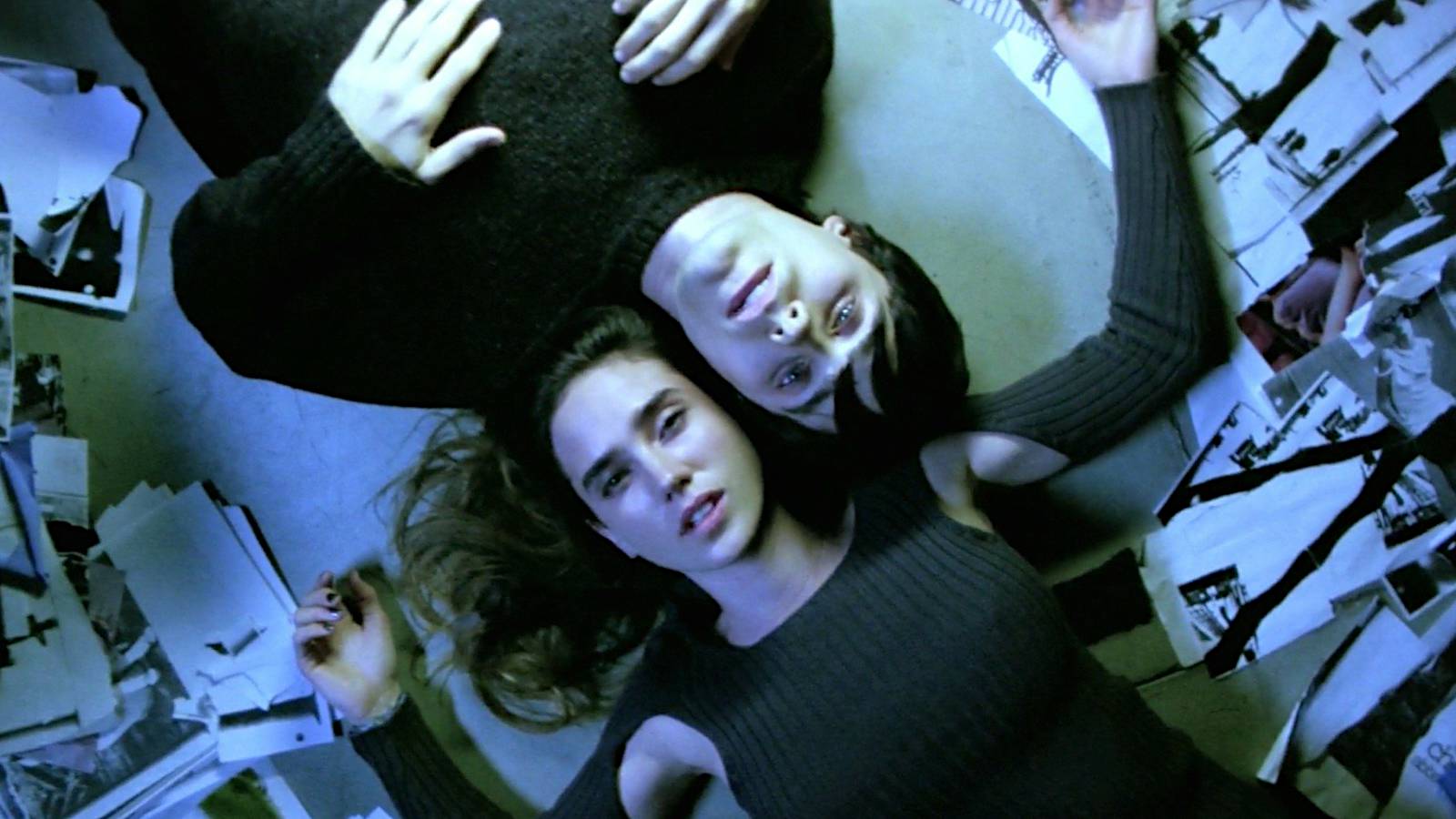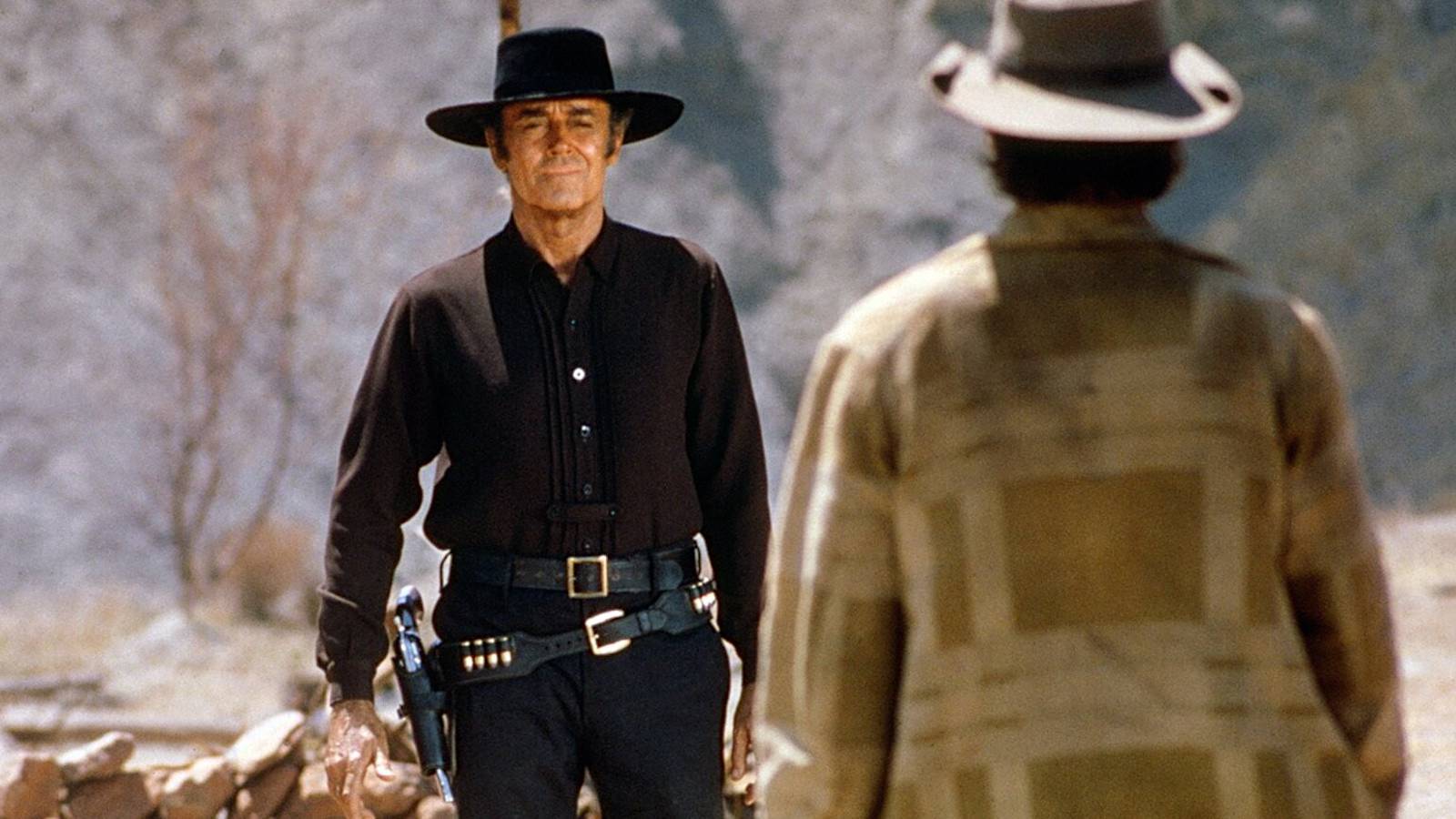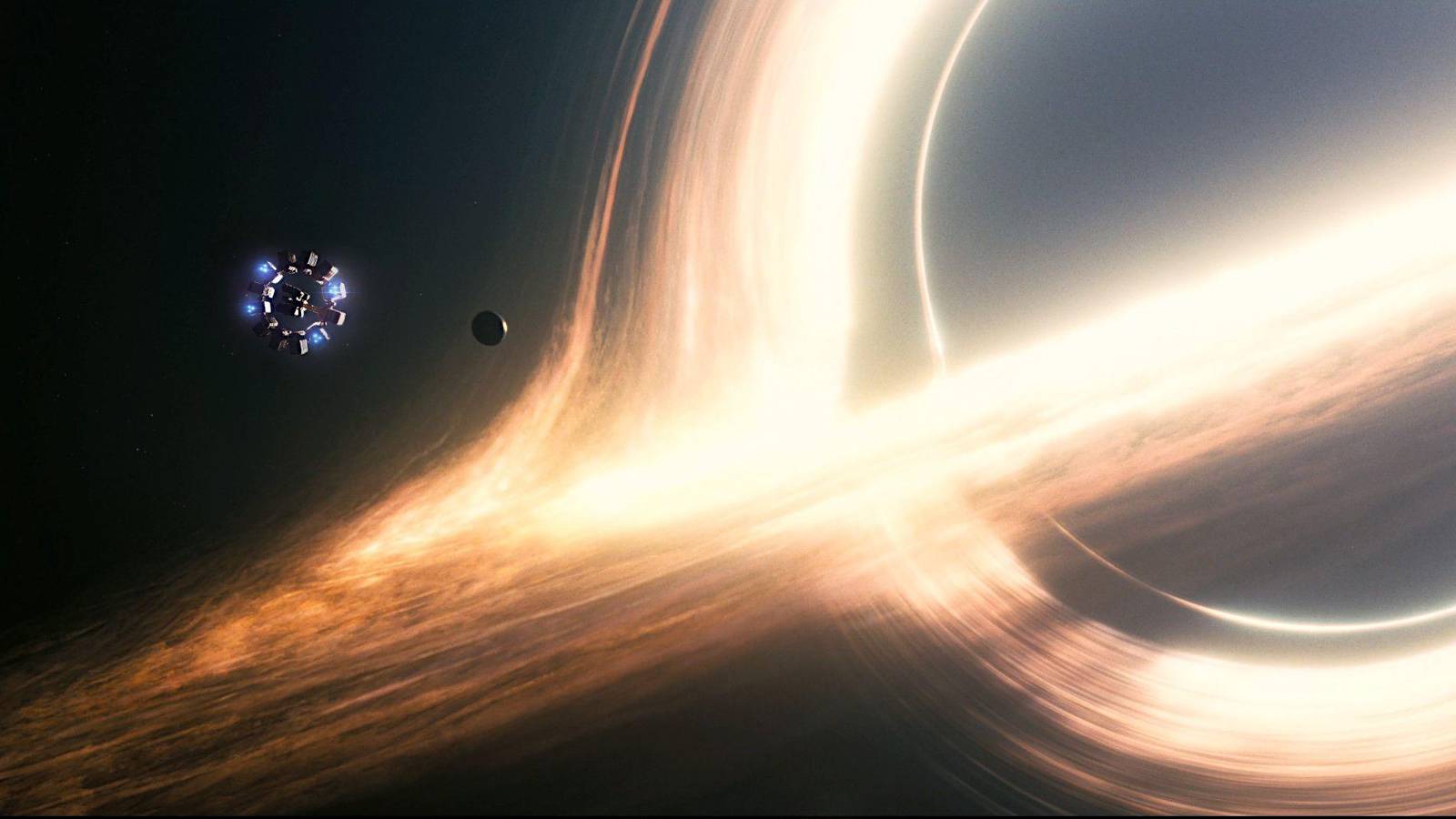Isn’t Realism Good?
When people praise high frame rate, it’s often in the name of “realism”—and those people have a point.
Imagine a film scene where the camera quickly looks to the right. There’s going to be some stuttering between frames, unless those frames are smoothed out by motion blur. That’s partly what gives a “cinematic” look to video footage.
The industry standard frame rate for cinema is 24 frames per second. High frame rate movies bump up the frame rate to either 48 frames per second or 60 frames per second.This means two things: less stuttering and less motion blur between frames.
This is technically “more realistic,” but for an audience who’s grown up on decades of 24-frames-per-second movies, the results can feel extremely weird… even alienating.
It’s All About What You’re Used To
No matter what modern directors want to do with film, we’ve all gotten used to a certain look over the history of cinema. The vast majority of that history is tied to a viewing at 24 frames per second.
Film technology has moved forward in other aspects. Resolutions went from SD to HD to 4K and beyond. High dynamic range (HDR) is giving us improved contrast. Not to mention other goodies like IMAX and 3D. These technologies are OK because they’re backwards compatible.
In other words, film studios can take old film reels and rescan them to create higher definition releases, or use different color grading techniques to add HDR color. But you can’t take those same reels of film and magically double the frame rate.
The Soap Opera Effect
The “too real” feel of high frame rate movies isn’t the first time this phenomenon has been noted. If you’ve seen a newer model of TV—and especially if you’ve watched sports on that TV—you might have seen a similarly off-putting “too real” effect.
TV manufacturers like to advertise big numbers, including the screen size (e.g. 88 inches) and the resolution (e.g. 4K with HDR). When they run out of numbers to bump… well, they start making them up. “Hey, this TV has a frame rate of 120 Hz!”
Okay, TV refresh rates are real and actually important now that next-gen gaming consoles (like the Xbox Series X and PlayStation 5) are capable of outputting video at those frame rates. But TVs have been advertising high frame rates for years—and they’re usually fake.
Most TV programming plays at 30 frames per second. Some TV programming, like sports, plays at 60 frames per second. No TV programming plays at a faster rate. The only way to go higher is to play video games that support higher frame rates.
So if your TV programming is showing at 30 frames per second while your TV itself is refreshing 120 times per second (120 Hz), what’s happening between each frame?
That’s when TVs play around with features like “motion smoothing,” “motion interpolation,” or “motion compensation.” No matter what it’s called, the general idea is this: the TV processes the incoming video and tries to create its own “in between” frames for a smoother look.
Unfortunately, the resulting effect is that everything on your TV looks like a cheaply shot soap opera. High frame rate movies have the same effect on people, even though they don’t contain any “fake” frames.
The Perfection of an Imperfect Frame Rate
There is nothing sacred about films playing at 24 frames per second. Like most things in the world of audio and video, it became a de facto standard and then stuck around out of tradition.
Sure, you have those in the film world who argue against high frame rate movies (or at least against motion smoothing in TVs). You also have plenty of people in the film world who want to see technology move forward and evolve.
The problem is, there’s something about the look of 24 frames per second that says “this is what a movie looks like.” It isn’t perfect, but it’s so engrained in culture that we can’t escape it.
While high frame rate movies may eventually win over enough people to become the go-to standard, that day won’t be any time soon. The reason? Most quality movies are still being shot in 24 frames per second, and there haven’t been any successful high frame rate movies.
As long as new high-quality movies keep coming out at that frame rate, they’ll continue to dictate the standard.
Read next:Why is 24 FPS standard for movies? Film frame rates, explained



![]()


